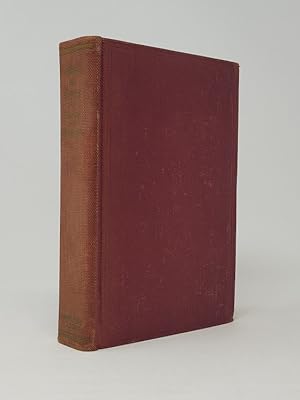
**Giovanni Alfonso Borelli: The Final Beacon of the Galileo–Castelli School**
Giovanni Alfonso Borelli (1608–1679) is recognized as a key personality in 17th-century Italian science and mathematics, the final member of the esteemed Galileo–Castelli school. Originally named Giovanni Francesco Antonio and hailing from Naples, Borelli was the offspring of Spanish soldier Miguel Alonso and Italian companion Laura Porello. Emerging from modest origins, he showcased a remarkable aptitude for mathematics, prompting him to learn under Benedetto Castelli at Sapienza University in Rome.
While under Castelli’s guidance, Borelli found himself deeply engaged in the intellectual environment of the time, befriending figures such as Evangelista Torricelli. Following Castelli’s suggestion, Borelli acquired a role as a lecturer in mathematics at the University of Messina, Sicily. He subsequently traveled through Italy’s premier universities, encountering renowned scholars including Vincenzo Viviani in Florence and Bonaventura Cavalieri in Bologna.
In 1655, Borelli returned to Messina and commenced the publication of key works, such as a dissertation on the origins of a fever outbreak in Sicily. He continued his scholarly endeavors in Pisa, collaborating with anatomist Marcello Malpighi and playing a part in the establishment of the Accademia del Cimento, an organization devoted to experimental science.
His period in Pisa proved fruitful; Borelli published several significant works, including “Euclides restitutus” and “Del movimento della cometa,” the latter of which revealed his innovative discoveries concerning comet trajectories. His most distinguished contribution to astronomy was “Theoricae mediceorum planetarum ex causis physicis deductae,” where he elaborated on Kepler’s heliocentric principles and postulated the movements of Jupiter’s moons.
Despite Borelli’s successes, his later years were overshadowed by the political unrest in Sicily and subsequent financial hardships. He found solace with the Piarist Fathers in Rome and received support from Queen Christina of Sweden, which enabled the posthumous release of his major work, “De motu animalium.” This publication established the groundwork for biomechanics, investigating the physics behind muscular and internal organ movements with unparalleled accuracy.
Borelli’s life, characterized by both successes and adversities, exemplifies the lasting influence of his pioneering scientific inquiries and contributions to mathematics and natural philosophy.